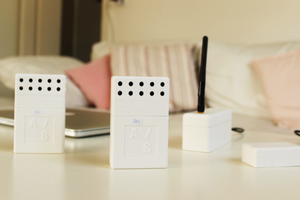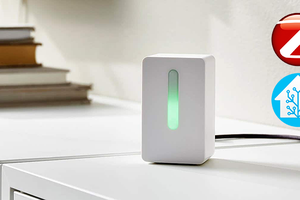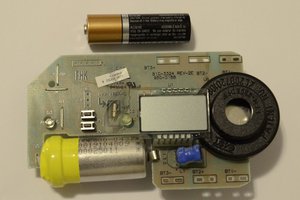Generally, heart rate is difficult to measure but the Pulse Sensor, an open source Kickstarter project, is a simple IR based sensor design that we can use to measure heart rate. IR based heart rate sensors are fairly reliable as long as they are properly placed on the body, however, I generally prefer dry electrode based HR sensor designs.
Electrode based HR sensors, specifically dry electrodes, consumes less power, give a more reliable heart rate reading from the wrist and do not necessarily need direct skin contact (as apposed to their IR counterpart).
This project from Oregon State is worth a read to learn more about the types of HR sensors and technology.
The Pulse Sensor is a plug-and-play heart-rate sensor. It can be used by anyone who wants to easily incorporate live heart-rate data into their projects. It combines a simple optical heart rate sensor with amplification and noise cancellation circuitry making it fast and easy to get reliable pulse readings. The great thing about the Pulse Sensor is that all of the analog circuitry has already been done and tested for you making the digital integration of the sensor into your product effortless.
The Pulse Sensor uses just 4mA of current draw at 5V so it is great for low-power mobile applications.
Simply clip the Pulse Sensor to your finger tip and plug it into your 3 Volts line on the MetaWear and you're ready to read heart rate!
This Heart Rate iOS App which turns any MetaWear board into an lifestyle and health tracker. Your MetaWear device will behave as a heart rate sensor and track your heart beats as BPMs (beats per minute).
The code is fully open source so you are welcome to take it and make it your own.
The repository is available on Github here: https://github.com/mbientlab/HeartRate
 Laura
Laura
 Kacper
Kacper
 Mario Frei
Mario Frei
 Andrew Lamchenko
Andrew Lamchenko
 Adam Fabio
Adam Fabio